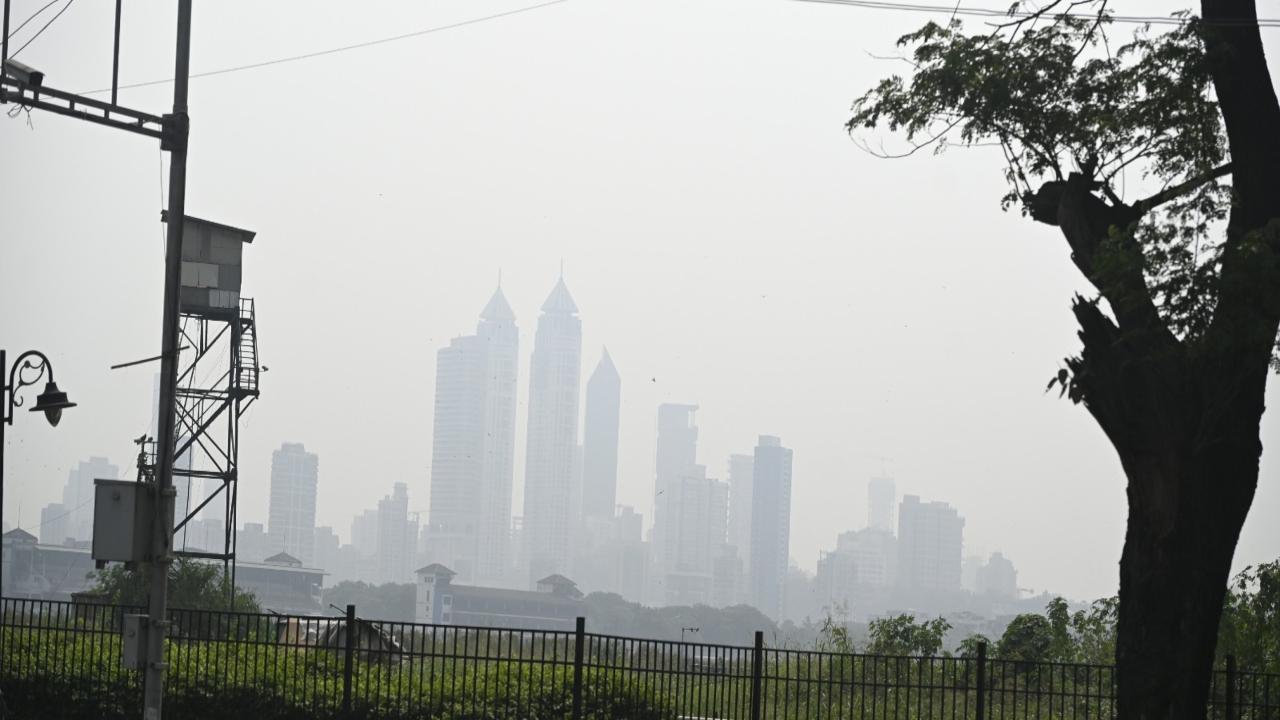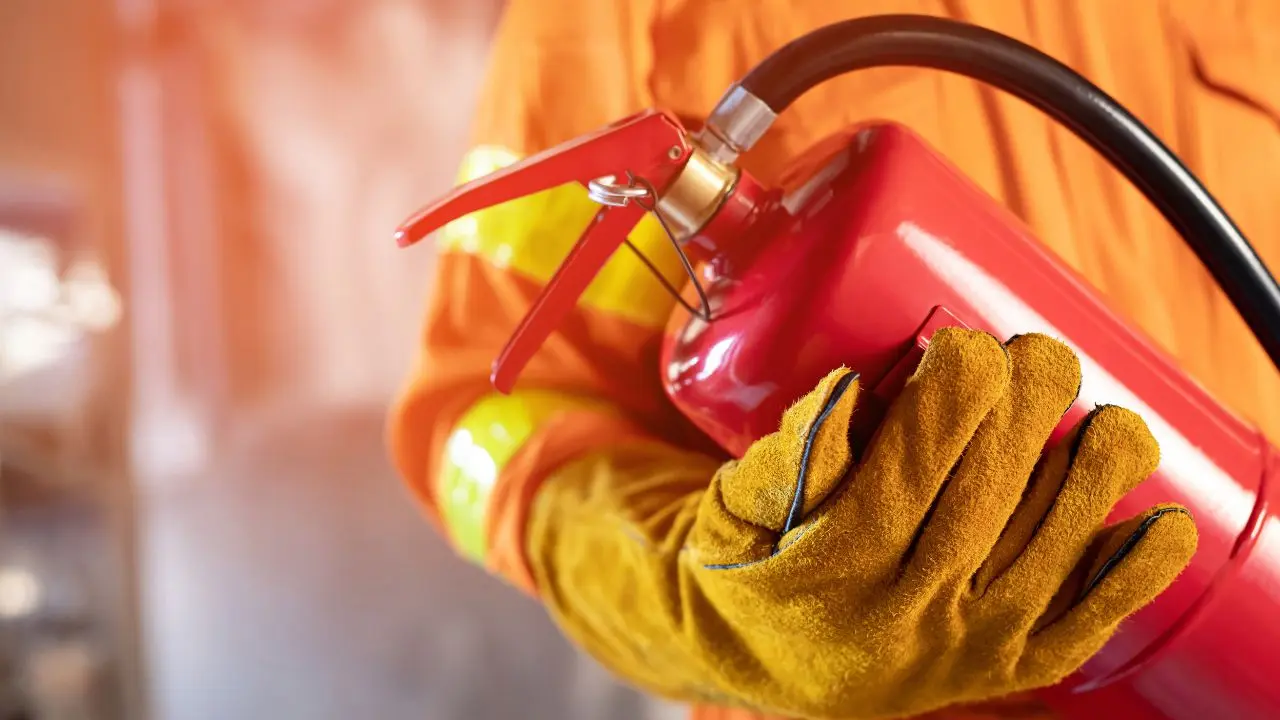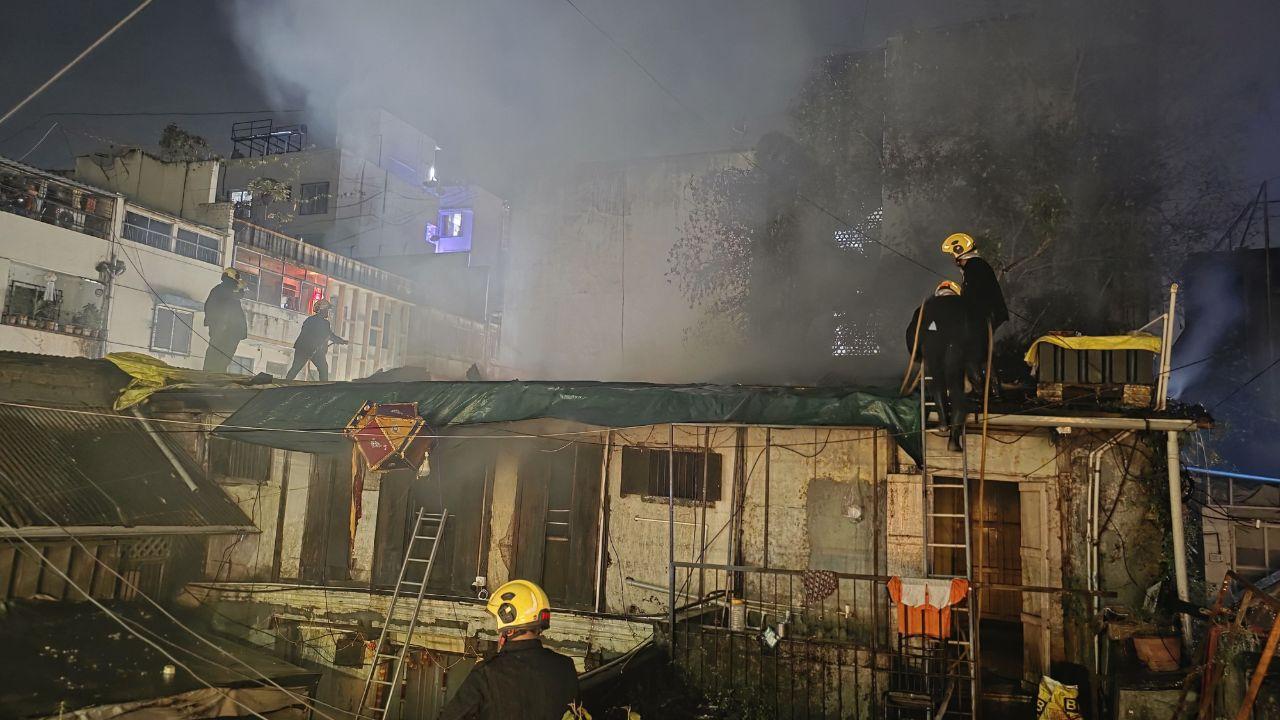Amid festive celebrations, India’s financial capital has recorded its worst air quality of the year so far as October has emerged as the most-polluted month of 2025, an analysis by the Centre for Research on Energy and Clean Air (CREA) revealed.
The study, based on data from the Central Pollution Control Board (CPCB), found that between October 18 and 22, as many as 19 air quality monitoring stations in Mumbai reported their highest daily average PM2.5 levels, while seven stations logged their peak PM10 readings since January, news agency PTI reported.
“October 2025 stands out as Mumbai’s most polluted month so far this year, with air quality levels peaking across several parts of the city,” said Manoj Kumar, an analyst at CREA, adding, “Between October 18 and 22, 19 stations recorded their highest daily PM2.5 levels and seven their peak PM10 levels since January.”
He stated that amid the festive activities, Mumbai’s air quality has deteriorated further, exposing residents to harmful pollution levels.
“While celebrations draw more people outdoors, the air remains unsafe to breathe. It’s crucial for authorities to address not just seasonal spikes but also everyday sources like construction dust and vehicular emissions,” said Kumar, adding, “Protecting public health must remain at the heart of the city’s response.”
Air quality in the metropolis is tracked by Continuous Ambient Air Quality Monitoring Stations (CAAQMS) operated by the Maharashtra Pollution Control Board (MPCB), the Indian Institute of Tropical Meteorology (IITM), and the Brihanmumbai Municipal Corporation (BMC).
As per CPCB standards, the permissible limit for PM10 is 100 micrograms per cubic metre, and PM2.5 should not exceed 60 micrograms per cubic metre over a 24-hour average.
According to CREA, fine particulate matter such as PM2.5 and PM10, which are mainly emitted from vehicles, construction activities, and open burning, remain the key pollutants contributing to the city’s poor air quality.
The study also cautioned that persistently high concentrations of these particles pose serious health risks, particularly for children, the elderly, and people with existing medical conditions. Long-term exposure increases the risk of respiratory illnesses, cardiovascular diseases, and certain cancers.
Particulate matter (PM) refers to a combination of solid particles and liquid droplets suspended in the air, and their concentration serves as a crucial indicator of overall air quality.
(With PTI inputs)











